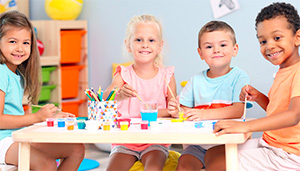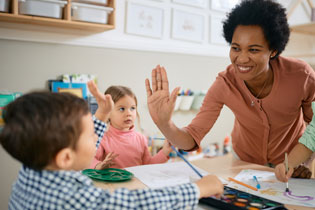The Circle of Courage
A model of positive youth development based on the principle of universal needs for emotionally healthy youth including a sense of belonging, mastery, independence and generosity.
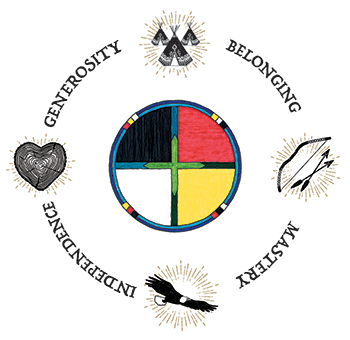
A unique model
This unique model integrates the cultural wisdom of tribal peoples, the practice wisdom of professional pioneers with troubled youth, and findings of modern youth development research.
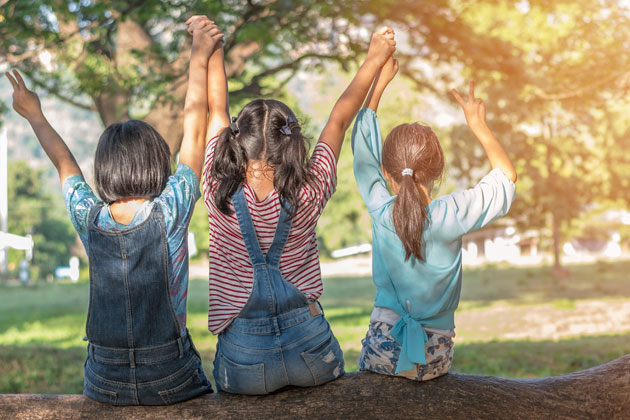
Recognizing that the Circle of Courage “transcend[s] cultural boundaries” and that “all children have the same growth needs” the Circle of Courage is an offering for all youth across cultures and contexts1, making it the perfect model to frame Starr Commonwealth’s 10 Steps to Create a Trauma-Informed Resilient School.
What are the universal needs in the Circle of Courage?
In Native American and First Nations cultures, significance was nurtured in communities of belonging. Lakota anthropologist Ella Deloria described the core value of belonging in these simple words: “Be related, somehow, to everyone you know.” Treating others as kin forges powerful social bonds that draw all into relationships of respect. Theologian Marty observed that throughout history the tribe, not the nuclear family, always ensured the survival of the culture. Even if parents died or were not responsible, the tribe was always there to nourish the next generation.
Competence in traditional cultures is ensured by guaranteed opportunity for mastery. Children were taught to carefully observe and listen to those with more experience. A person with greater ability was seen as a model for learning, not as a rival. Each person strives for mastery for personal growth, but not to be superior to someone else. Humans have an innate drive to become competent and solve problems. With success in surmounting challenges, the desire to achieve is strengthened. To lead by example and be responsible.
Power in Western culture was based on dominance, but in tribal traditions it meant respecting the right for independence. In contrast to obedience models of discipline, Native teaching was designed to build respect and teach inner discipline. From earliest childhood, children were encouraged to make decisions, solve problems, and show personal responsibility. Adults modeled, nurtured, taught values, and gave feedback, but children were given abundant opportunities to make choices without coercion. It means that people can rely on you and trust you at all times.
Finally, virtue was reflected in the preeminent value of generosity. The central goal in Native American child-rearing is to teach the importance of being generous and unselfish. In the words of a Lakota Elder, “You should be able to give away your most cherished possession without your heart beating faster.” In helping others, youth create their own proof of worthiness: they make a positive contribution to another human life.

Where did the Circle of Courage originate?
The Circle of Courage is a model of positive youth development that integrates the wisdom of indigenous Native American philosophies of child rearing with research in resilience science and positive youth development. It is based on the principle that children have four universal growth needs: belonging, mastery, independence and generosity, and that when these needs are met, children can flourish. Recognizing that the Circle of Courage “transcend[s] cultural boundaries” and that “all children have the same growth needs” the Circle of Courage is an offering for all youth across cultures and contexts.1 When children have supportive environments where they can build strengths, their life pathways can change.2 The Circle of Courage provides the philosophical foundation for Starr’s resilience-focused approach to working with children, families, and communities, in addition to the work of Reclaiming Youth International.
1 Brendtro, M., Brokenleg, M., & Van Bockern, S. (2013). The Circle of Courage: Developing resilience and capacity in youth. International Journal for Talent Development and Creativity, 1(1), 67-74.
2 Brendtro, M., Brokenleg, M., & Van Bockern, S. (2002). Reclaiming youth at risk: Our Hope for the Future. (Rev. ed.). Bloomington, IN: Solution Tree Press. “
Build belonging in your school with Starr’s free activity
It takes a village (or rather, a school) full of caring professionals to ensure all kids feel that they belong. Use our free guide to start building relationships today!
